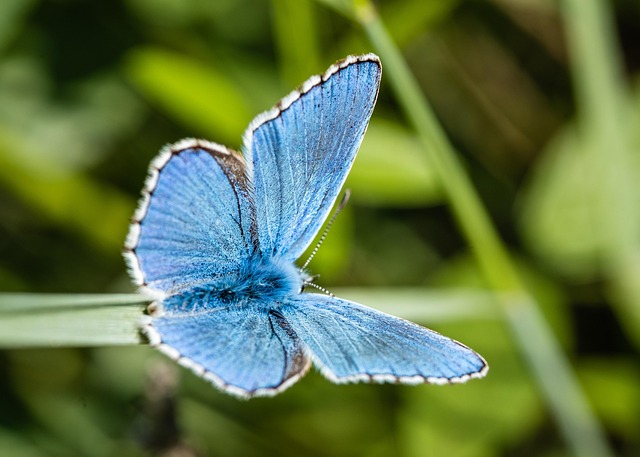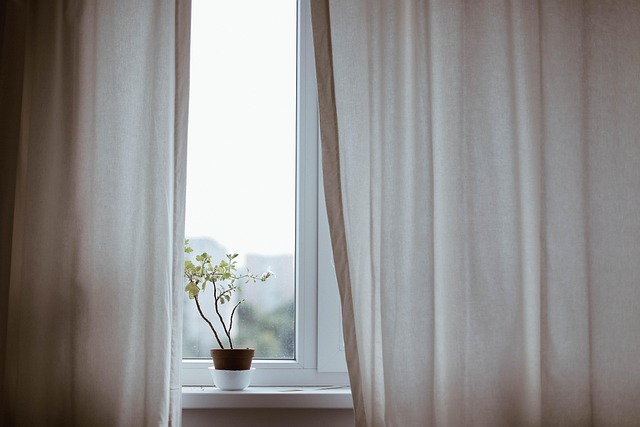5 Eco-Friendly Strategies for Maintaining Biodiversity in Your Flower Garden
In today’s world, where environmental concerns are more pressing than ever, gardeners have a unique opportunity to contribute positively by maintaining biodiversity right in their own backyards. Flower gardens aren’t just a feast for the eyes—they can also become vibrant ecosystems bursting with diverse species, supporting nature in a green and sustainable way. Let’s explore five eco-friendly strategies for nurturing biodiversity in your flower garden, creating a sanctuary that benefits both the environment and your gardening passion.
1. Choose Native Plants
One of the most effective ways to promote biodiversity is by planting native species that are well-adapted to your local environment. Native flowers provide the right food, shelter, and breeding grounds for indigenous insects, birds, and pollinators. By opting for these natural beauties, you’re helping to strengthen local ecosystems and reduce the need for excessive watering, fertilizers, and pesticides—perfect for an eco-conscious gardener.
2. Create Varied Habitats
Diversity tends to flourish when different habitats coexist. Incorporate a variety of plants with different bloom times, heights, and structures. Adding layers such as ground covers, shrubs, and flowering perennials invites a broad range of wildlife to your garden. Small water features like birdbaths or shallow ponds can further enrich the environment, offering hydration and a breeding spot for beneficial insects and amphibians.
3. Avoid Chemicals and Pesticides
A healthy, eco-friendly garden relies on natural balance. Using chemical pesticides or herbicides disrupts this balance, often eliminating helpful insects along with pests. Instead, embrace organic gardening practices—composting, companion planting, and introducing beneficial insects like ladybugs—to ward off harmful pests naturally. This green approach not only safeguards your plants but also encourages a biodiverse community to thrive.
4. Compost and Mulch to Support Soil Life
Maintaining rich, fertile soil is foundational to an eco-friendly garden. Compost adds essential nutrients back into the earth and promotes the presence of microorganisms and earthworms, all vital for healthy plant growth. Mulching helps conserve moisture, suppress weeds, and regulate soil temperature, creating a stable habitat below ground. By nurturing your soil, you’re ensuring that your flower garden continues to support a diverse range of organisms above and below the surface.
5. Provide Shelter and Nesting Sites
Wildlife needs more than just food; safe spaces are essential for biodiversity to flourish. Incorporate natural shelters such as log piles, rock gardens, or native hedges. Installing bee hotels and birdhouses can invite pollinators and birds to make your garden their home. These habitats not only enrich your garden’s visual appeal but also keep ecosystems buzzing with activity.
By embracing these eco-friendly strategies, you’re doing more than growing beautiful flowers—you’re cultivating a thriving, biodiverse environment that mirrors the brilliance of nature itself. Your flower garden can become a powerful green haven where environmental awareness and gardening passion bloom together in harmony.




